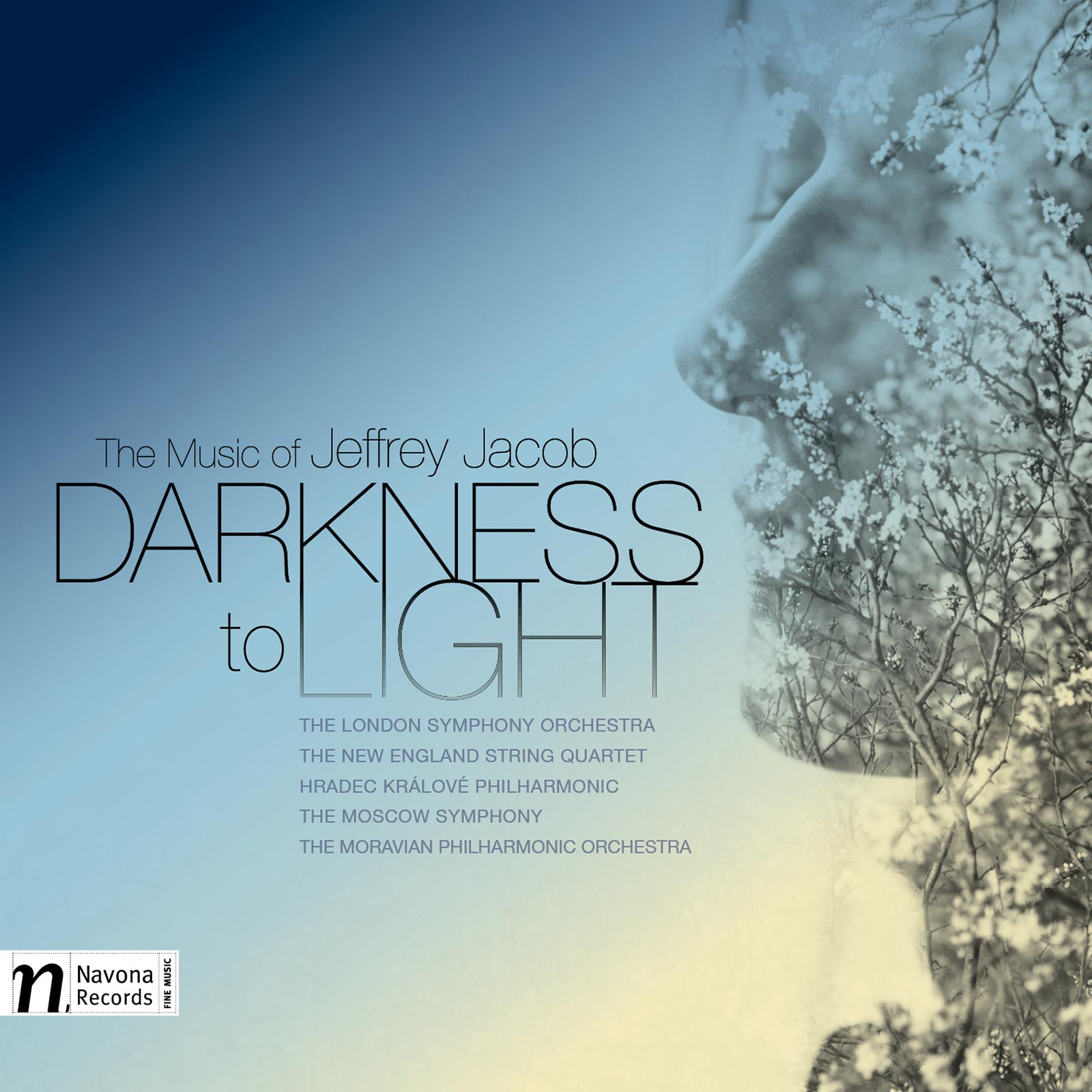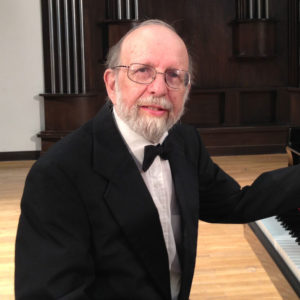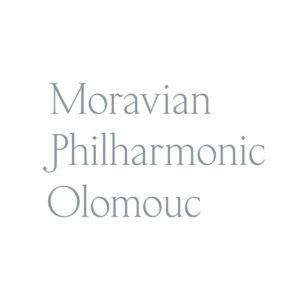
Share Album:
Darkness To Light
Jeffrey Jacob composer
The London Symphony Orchestra | Daniel Spalding conductor; Jeffrey Jacob piano
The New England String Quartet | Julia Okrusko violin; Klaudia Szlachta violin; Lilit Muradyan viola; Ming-Hui Lin cello
Hradec Králové Philharmonic | Jon Mitchell conductor
The Moscow Symphony | Joel Spiegelman conductor
The Moravian Philharmonic Orchestra | Toshiyuki Shimada conductor
Occasionally, moments of happiness and comfort can rise from experiences of anxiety and doubt, during which we learn about ourselves and our limits. Composer and pianist Jeffrey Jacob depicts the experiences of struggle and pain, and of triumph and joy on his debut Navona Records release DARKNESS TO LIGHT.
Death and Transfiguration (Symphony No. 3), a contemporary version of Richard Strauss’s tone poem, expresses the emotions of a dying man, who, fearing death, later finds exaltation in it. String Quartet No. 2 and Elegy portray turmoil, the former showing the defeat of inner darkness, and the latter referencing the violent conflict between Israel and Palestine. The short and lyrical piece Adagietto Misterioso builds tension to illustrate feelings of nostalgia and transitoriness, while Symphony No. 1 presents ideas about timelessness, taken from T.S. Eliot’s Four Quartets. Through his music, Jacob discusses the vulnerable moments of human existence and how through our vulnerability, we can open ourselves to growth toward a brighter perspective.
Currently Artist-in-Residence at Saint Mary’s College in Notre Dame IN, Jeffrey Jacob received degrees from the Juilliard School and the Peabody Conservatory. Recently, he has received the Artist of the Year Award from the International New Music Consortium at New York University for his work as composer, pianist, and educator.
Listen
Artist Information

Jeffrey Jacob
In August 2020, Jeffrey Jacob was named Composer-in-Residence with the Philadelphia Virtuosi Chamber Orchestra. He has written six symphonies, three piano concertos, three string quartets, and numerous works for piano and chamber ensemble. Raymond Leppard and the Indianapolis Symphony premiered his Symphony: Winter Lightning. The London Symphony recorded his Symphony No. 3. The Moscow and St. Petersburg Symphonies premiered respectively his Piano Concertos 1 and 2 with the composer as soloist. The Gregg Smith Singers premiered his Sleeping At Last for mixed chorus and solo cello. Jacob’s Persistence of Memory was premiered by the Cleveland Chamber Symphony at the 1999 College Music Society National Convention and was selected by the Charles Ives Center for American Music for a performance by the Charleston Symphony at the 2002 Spoleto Festival.

Moravian Philharmonic Orchestra
The Moravian Philharmonic Orchestra is one of the foremost and oldest symphony orchestras in the Czech Republic. It is based in the historical capital of Moravia, the city of Olomouc, and has been a leader of music activities in the region for the past 70 years. Its artistic development was directly influenced by distinguished figures from the Czech and international music scene.

London Symphony Orchestra
Widely acclaimed by audiences and critics alike, The London Symphony Orchestra was named by Gramophone as one of the top five orchestras in the world. A world-leader in recording music for film, television, and events, it was the official orchestra of the London 2012 Olympic and Paralympic Games ceremonies, memorably performing Chariots of Fire on stage in the opening ceremony, conducted by Simon Rattle and with Rowan Atkinson.
